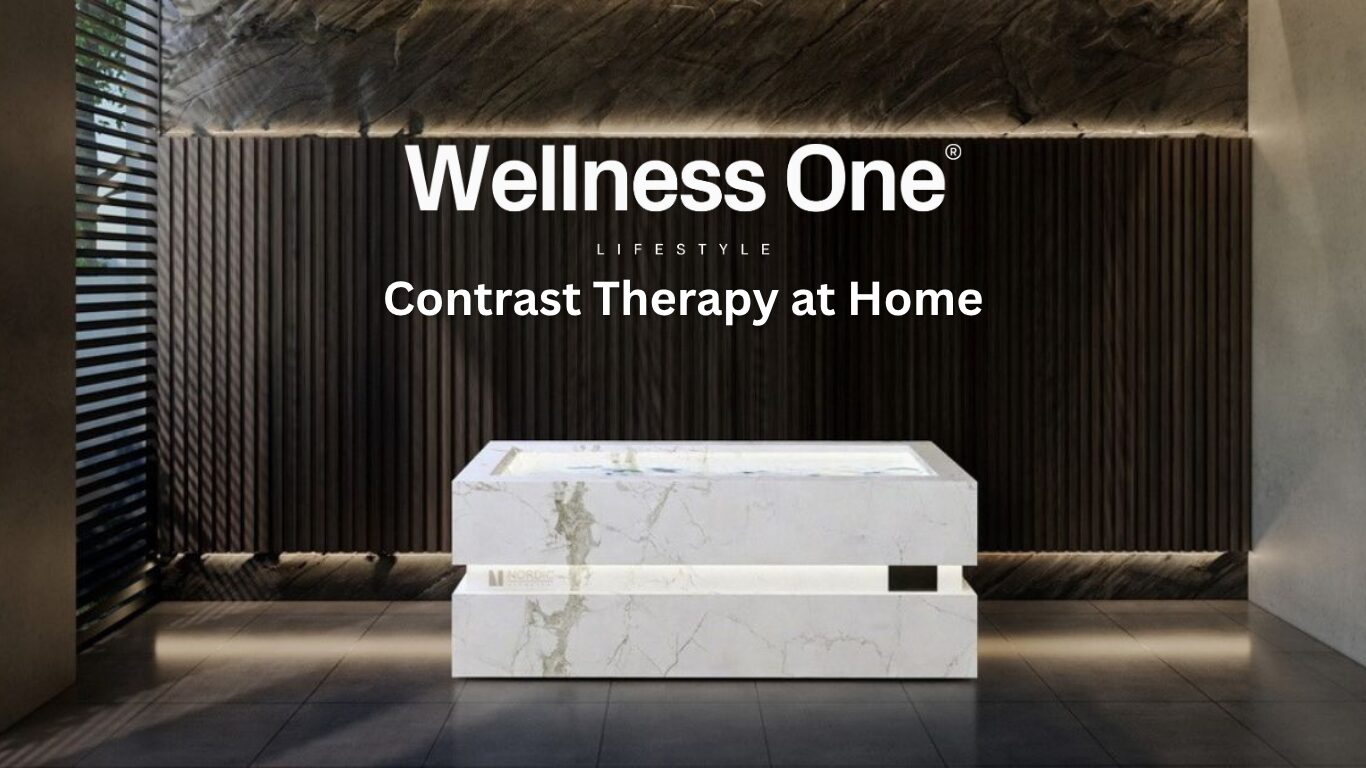When it comes to designing luxury indoor swimming pools in the UK, there’s much more to consider than just aesthetics and functionality. To create an inviting, comfortable, and healthy pool environment, it’s crucial to pay close attention to heat and ventilation design. In this modern era of wellness, we recognise the importance of these factors in creating the ultimate pool experience.
1. The Role of Heat & Ventilation Design in Indoor Pool Comfort A well-designed heat and ventilation system is essential for maintaining a comfortable indoor pool environment. By regulating the air and water temperature, and ensuring proper air circulation, heat and ventilation design helps to create an inviting atmosphere for swimmers and spectators alike.
Key factors to consider in heat and ventilation design include:
a. Air Temperature: Maintaining an appropriate air temperature is crucial for ensuring the comfort of swimmers and preventing condensation issues. Industry guidelines, such as those provided by PWTAG, recommend that the air temperature should be approximately 1°C higher than the pool water temperature.
b. Water Temperature: Luxury indoor swimming pools should have water temperatures that cater to various user preferences and activities. According to Swim England, the recommended water temperature for leisure pools is between 29°C and 31°C.
c. Ventilation: Proper ventilation is essential for maintaining air quality and preventing the build up of harmful chemicals and humidity. This can be achieved through of mechanical ventilation systems and natural ventilation.
2. The Impact of Heat & Ventilation Design on Health & Safety A well-designed heat and ventilation system not only ensures comfort but also plays a crucial role in maintaining a healthy and safe pool environment:
a. Air Quality: Effective ventilation helps to maintain good air quality by removing contaminants, such as chloramines, which can cause eye, skin, and respiratory irritation. PWTAG guidelines recommend an air turnover rate of six to eight times per hour to maintain optimal air quality in indoor pools.
b. Humidity Control: Excess humidity can lead to condensation, mould growth, and damage to the pool structure and surrounding areas. A well-designed heat and ventilation system will help to control humidity levels, ensuring a comfortable and safe pool environment.
c. Energy Efficiency: By using energy-efficient heating and ventilation technologies, such as heat recovery systems and variable speed fans, luxury indoor swimming pools can reduce their environmental impact and operating costs.
3. Expert Guidance:
Wellness One have a wealth of expertise in designing and constructing luxury indoor swimming pools with optimal heat and ventilation systems. By utilising their knowledge and experience, you can ensure your pool environment not only looks stunning but also performs to the highest standards in terms of comfort, health, and safety.
Conclusion
A luxury indoor swimming pool in the UK deserves an equally luxurious heat and ventilation system. By considering the factors outlined above and adhering to industry guidelines, you can create a comfortable, healthy, and energy-efficient pool environment that will be enjoyed for years to come. Trust in the expertise of Wellness One Pool & Spa to guide you in creating the ultimate indoor swimming pool experience.

